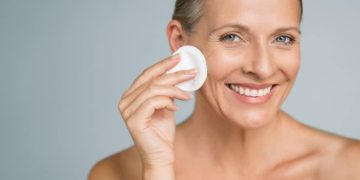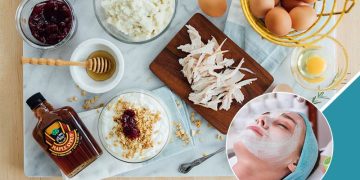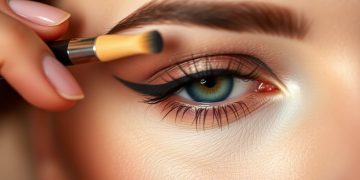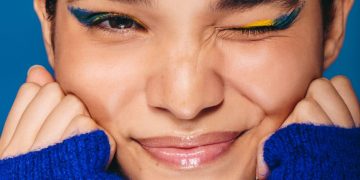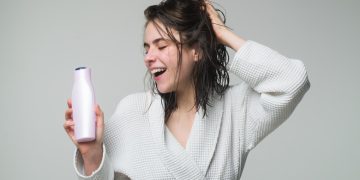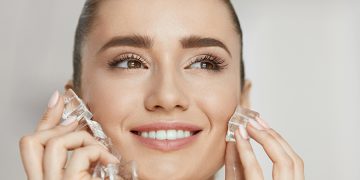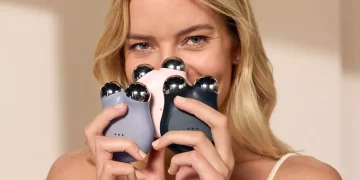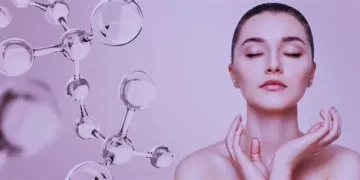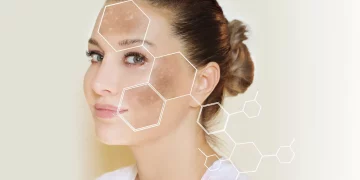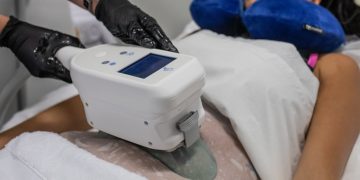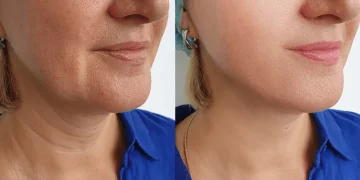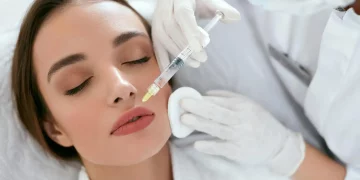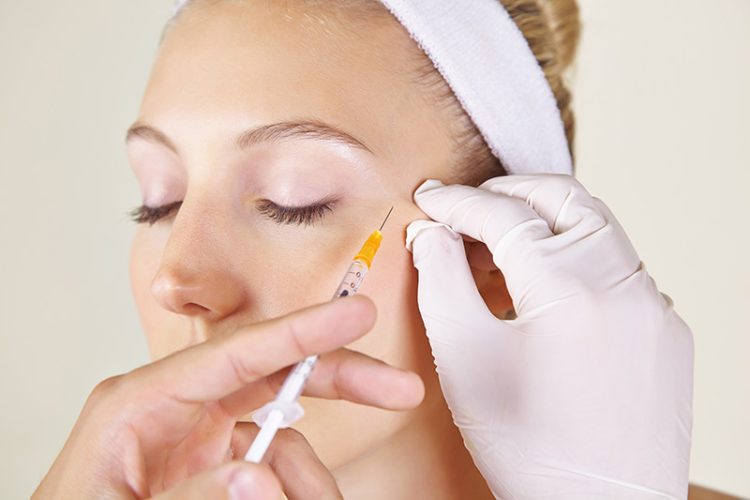Botox — short for Botulinum Toxin Type A — has become one of the most widely used non-surgical treatments for facial rejuvenation. Known for its ability to reduce fine lines and wrinkles, Botox is also used in medical treatments for issues like chronic migraines, excessive sweating, and muscle spasms. Though widely considered safe when administered by professionals, it’s essential to understand both the duration of its effects and any associated risks before undergoing treatment.
In this article, we’ll explore how long Botox typically lasts, what factors influence its effectiveness, and what side effects or complications may arise.
What Does Botox Do?
Botox works by temporarily blocking nerve signals to specific muscles. By doing so, it prevents those muscles from contracting. Since many facial wrinkles are caused by repeated movements like frowning or squinting, relaxing the underlying muscles can smooth out these lines over time.
Botox does not fill wrinkles or add volume; instead, it prevents the motions that create dynamic wrinkles — such as crow’s feet, frown lines, and forehead creases. When properly administered, Botox can produce a refreshed, more youthful appearance without looking unnatural or “frozen.”
How Long Do the Effects of Botox Last?
The results of Botox aren’t permanent. Most people experience effects that last between three to six months. After that, muscle activity gradually returns, and the wrinkles may reappear — though often less pronounced due to continued muscle conditioning.
Timeline of Results:
- Initial effects typically begin to appear within 3 to 5 days after the injection.
- Full results are usually visible within 10 to 14 days.
- Duration of the smoothing effects is generally between 3 to 6 months.
What Influences How Long Botox Lasts?
Several factors can affect how long Botox remains effective:
- Metabolism: Individuals with faster metabolic rates may process Botox more quickly, reducing its longevity.
- Muscle strength: People with stronger facial muscles may notice shorter-lasting results, especially in areas like the forehead or between the brows.
- Dosage: Higher doses can sometimes extend the duration, but doses must be carefully balanced to avoid unwanted side effects.
- Injection technique: An experienced injector will place Botox precisely, ensuring both natural results and optimal longevity.
- Lifestyle habits: Smoking, poor diet, stress, and sun exposure may all shorten the effects.
- Consistency: Regular Botox users often find that results last longer over time, as muscles become trained to stay relaxed.

What Are the Risks and Side Effects?
Botox is generally considered very safe when administered by a qualified healthcare professional. However, like any medical procedure, it is not without risks.
Common Side Effects
These are usually mild and temporary:
- Redness or swelling at the injection site
- Minor bruising
- Headache or mild pressure
- Slight discomfort during or after the procedure
- Temporary asymmetry, such as one eyebrow sitting higher than the other
These effects usually resolve within a few hours to a few days.
Less Common, But Serious Risks
Although rare, some people may experience more serious reactions, especially if the Botox spreads to unintended areas:
- Drooping eyelids or brows (known as ptosis)
- Difficulty swallowing or speaking
- Muscle weakness beyond the injection site
- Vision disturbances or blurred vision
- Allergic reactions, including rash, itching, or trouble breathing
These reactions are uncommon but should be reported immediately to a healthcare provider if they occur.
Long-Term Considerations
There is no conclusive evidence that long-term Botox use leads to permanent harm when administered correctly. However, some individuals may develop resistance due to antibody formation, making the treatment less effective over time. Others may notice mild muscle atrophy in the treated areas due to reduced use.
Who Should Avoid Botox?
Botox is not appropriate for everyone. You should avoid Botox or consult with a healthcare provider before treatment if you:
- Are pregnant or breastfeeding
- Have a history of allergic reactions to botulinum toxin
- Suffer from neuromuscular disorders such as myasthenia gravis or ALS
- Are taking medications that interfere with nerve signaling
- Have a skin infection or irritation at the planned injection site
Always disclose your full medical history and current medications to your practitioner before receiving Botox.
How to Prepare for Botox and Maximize Its Effectiveness
Before Treatment:
- Avoid alcohol, aspirin, and anti-inflammatory drugs for 24–48 hours to minimize the risk of bruising.
- Inform your provider of any medications, allergies, or previous reactions to similar treatments.
- Arrive with a clean face — avoid applying makeup, creams, or oils beforehand.
After Treatment:
- Do not rub or massage the treated area for at least 24 hours.
- Avoid heavy exercise, saunas, hot baths, or lying flat for several hours post-injection.
- Remain upright for 4 to 6 hours after treatment.
- Wait at least 24 hours before applying makeup or using facial devices.
Botox vs. Dermal Fillers: Understanding the Difference
Although often grouped together, Botox and dermal fillers serve different purposes. Botox relaxes muscles to reduce dynamic wrinkles, while fillers add volume to static wrinkles or hollow areas, such as under the eyes, in the cheeks, or around the mouth. They are often used in combination for full-face rejuvenation, depending on individual aesthetic goals.
Final Thoughts
Botox is a safe, effective, and minimally invasive way to reduce facial wrinkles and fine lines — when performed by a qualified medical professional. The results typically last 3 to 6 months, with individual variations depending on age, lifestyle, and muscle activity. While the treatment carries some potential side effects, most are mild and temporary.
If you are considering Botox, take the time to consult with a licensed practitioner who understands facial anatomy and has extensive experience. When applied skillfully, Botox can enhance your natural features, helping you look refreshed, relaxed, and confident without drastically altering your appearance.



